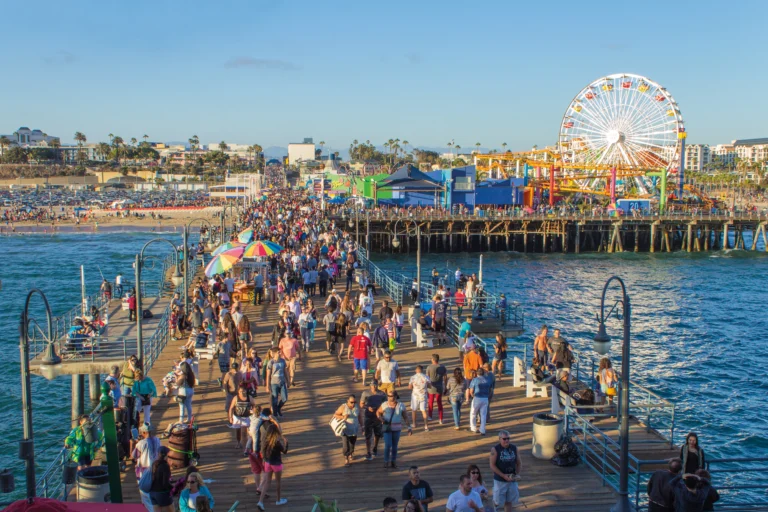Picture this: you’ve just stepped off a plane in what you thought would be your dream destination, only to be greeted by the urban equivalent of a grumpy cat. Your innocent “excuse me” is met with death stares, and asking for directions feels like requesting state secrets from a particularly moody secret agent.
While we all love to celebrate the world’s friendliest cities, sometimes it’s equally important to know where you might need to pack extra patience along.
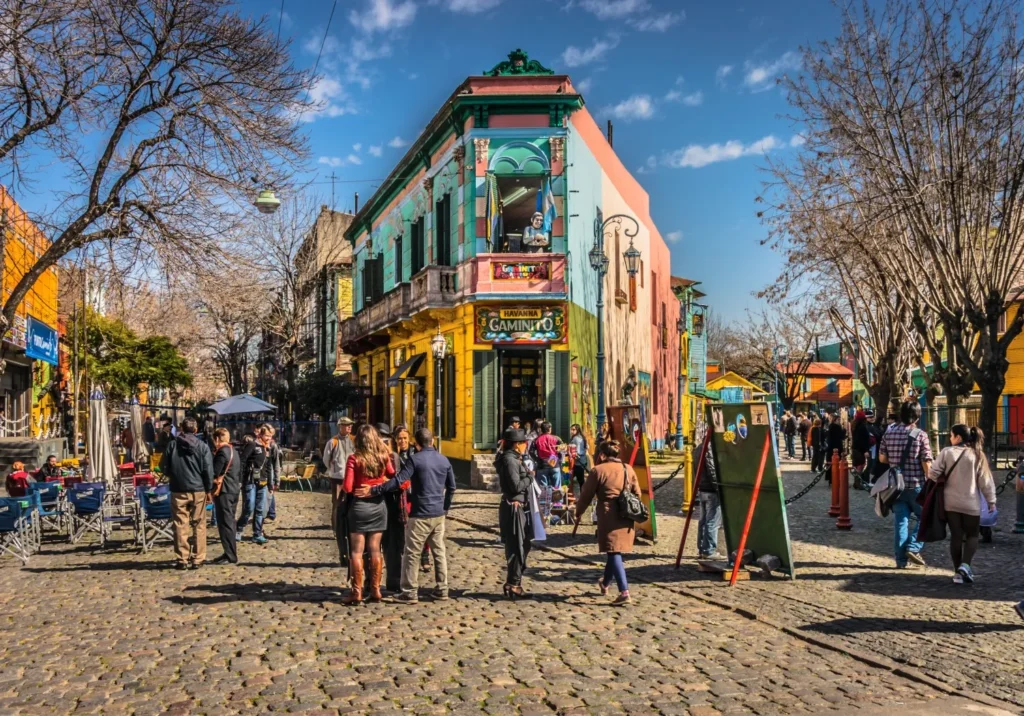
Least Friendly Cities in the World
Travelling should be about discovery, adventure, and creating memorable experiences. However, not every destination rolls out the red carpet for visitors. Some cities, despite their stunning architecture, rich history, or culinary delights, can leave travellers feeling less than welcome.
Whether it’s due to cultural barriers, safety concerns, or simply the fast-paced nature of urban life, certain destinations require visitors to adjust their expectations when it comes to local hospitality.

Understanding the Friendly City Score
The Friendly City Score is calculated using a methodology that evaluates cities across 5 crucial categories that directly impact visitor experience.
Each city receives ratings based on resident happiness levels, measured through international happiness surveys and quality of life indices. Safety scores incorporate crime statistics, tourist safety reports, and overall security ratings.
LGBT+ inclusivity examines legal protections, social acceptance, and whether destinations are considered “open for business” for all travellers. These factors are weighted and normalised to create scores ranging from 1-10, where lower scores indicate cities that may present challenges for visitors seeking warm, welcoming experiences.
1. Istanbul, Turkey (Friendly City Score: 2.12)
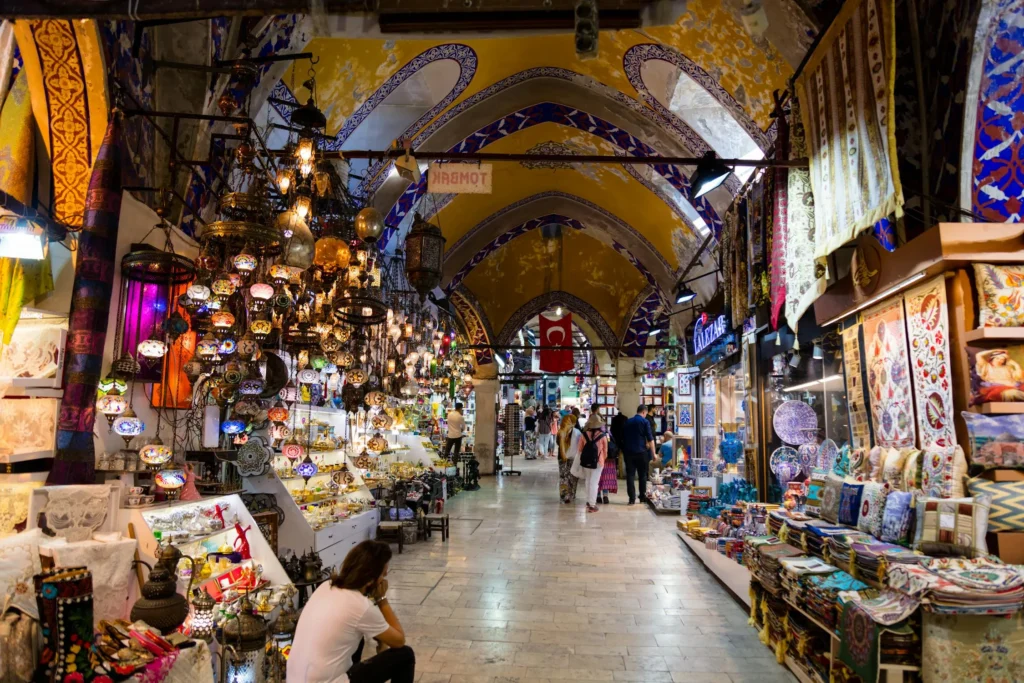
Istanbul, straddling two continents and serving as Turkey’s economic powerhouse, unfortunately, claims the bottom spot in our friendliness rankings. This ancient city, where East meets West, faces significant challenges that impact visitor experience.
The metropolitan area ranked last in the Economist Intelligence Unit’s Global Liveability Index, reflecting systemic issues affecting daily life.
Residents scored just 5.44 out of 10 for happiness, indicating widespread dissatisfaction that inevitably affects interactions with tourists. The city’s LGBT+ inclusion score of one reveals serious concerns about acceptance and safety for diverse travellers.
Political tensions and economic pressures have created an atmosphere where locals may seem stressed or unwelcoming, despite the city’s incredible historical significance and stunning architecture.
2. Buenos Aires, Argentina (Friendly City Score: 2.50)
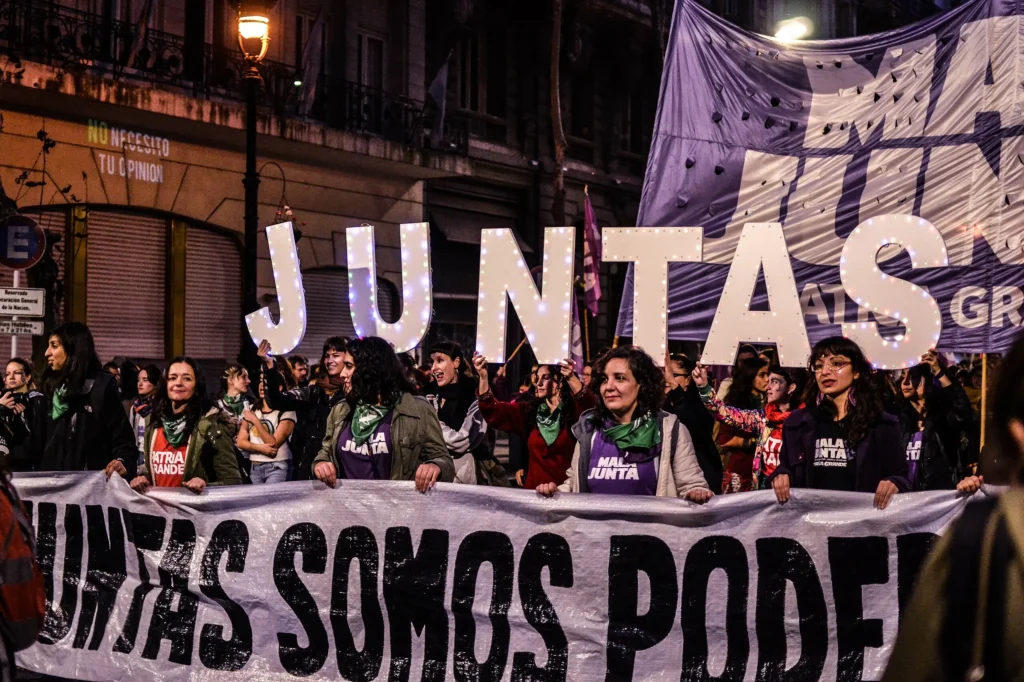
The tango capital of South America ranks second-lowest, primarily due to safety concerns that overshadow its cultural richness.
Buenos Aires scored a troubling 36.7 out of 100 on the safety index, making it one of the most dangerous cities for tourists on our list. High crime levels mean visitors must remain constantly vigilant, limiting opportunities for spontaneous interactions and exploration.
The city’s LGBT+ inclusion score of 2 indicates partial acceptance but highlights ongoing challenges for diverse travellers.
Economic instability and social tensions have created an environment where locals may appear suspicious of strangers, making it difficult for tourists to experience the warmth that Argentina is traditionally known for in other regions.
3. Lisbon, Portugal (Friendly City Score: 2.58)
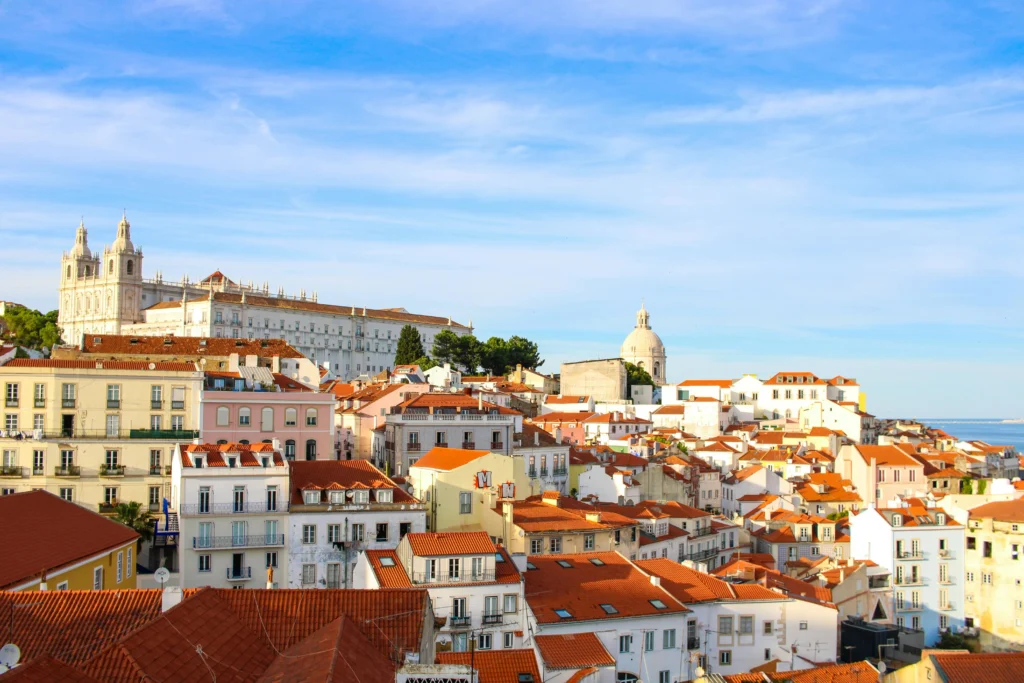
Portugal’s coastal capital, Lisbon, surprises many by ranking among the least friendly cities, particularly given the country’s generally welcoming reputation.
Despite being relatively safe for visitors, Lisbon residents scored poorly on happiness metrics with just 5.66 out of 10, barely above Istanbul. This widespread dissatisfaction among locals creates a challenging environment for tourist interactions. The city receives only partial marks for inclusivity, suggesting that not all visitors feel equally welcomed.
Economic pressures and the impact of over-tourism in certain areas have strained relationships between locals and visitors. This has led to resentment that affects the overall atmosphere for travellers seeking authentic Portuguese hospitality.
4. Tokyo, Japan (Friendly City Score: 2.65)
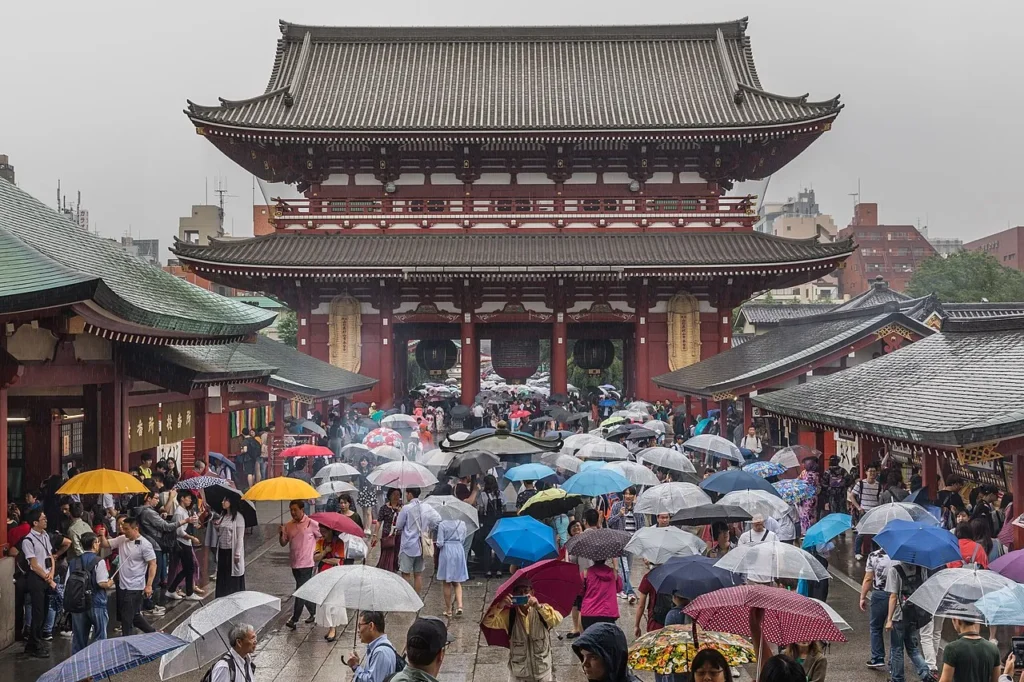
Tokyo’s ranking might shock many travellers who expect Japanese hospitality, but cultural barriers and urban intensity contribute to its low score.
While Japan is famous for politeness and service excellence, Tokyo’s massive scale and fast-paced lifestyle can feel overwhelming and impersonal. Language barriers significantly impact the visitor experience, as fewer locals speak English compared to other international cities.
The reserved nature of Japanese culture, while respectful, can be interpreted as unfriendliness by Western visitors expecting warmer interactions.
Additionally, certain traditional establishments may be hesitant to serve foreign customers, contributing to feelings of exclusion despite the city’s incredible attractions and efficiency.
5. Miami, United States (Friendly City Score: 2.65)
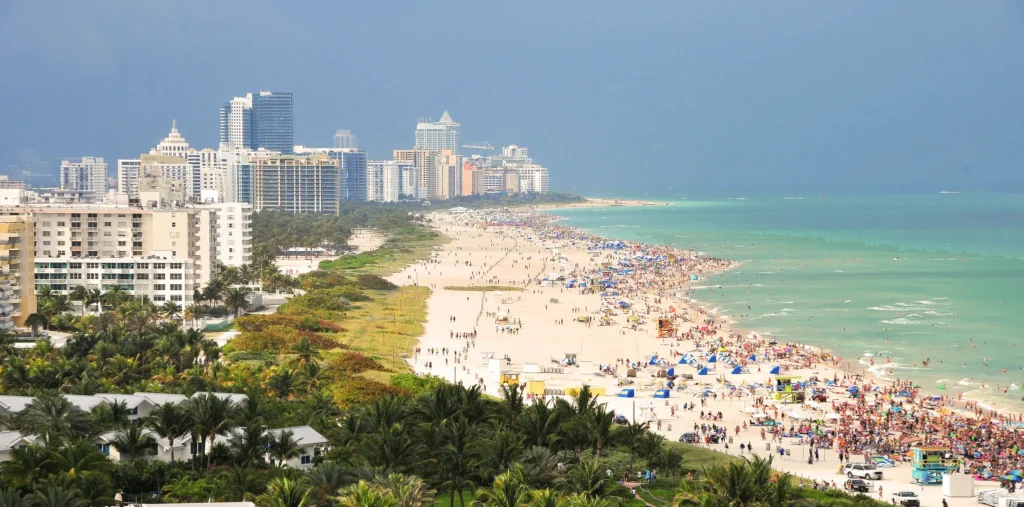
Miami ties with Tokyo, revealing unexpected challenges in this supposedly vibrant party destination.
Despite its reputation for glamour and nightlife, Miami faces significant issues with income inequality and social tensions that affect daily interactions.
The city’s transient population and tourist-focused economy can create superficial rather than genuine interactions. Safety concerns in certain areas limit exploration opportunities, while the high cost of living has created stress among residents that translates to less welcoming attitudes.
Cultural divides and language barriers within the diverse population can also make navigation challenging for visitors seeking authentic local experiences.
6. Singapore (Friendly City Score: 4.01)
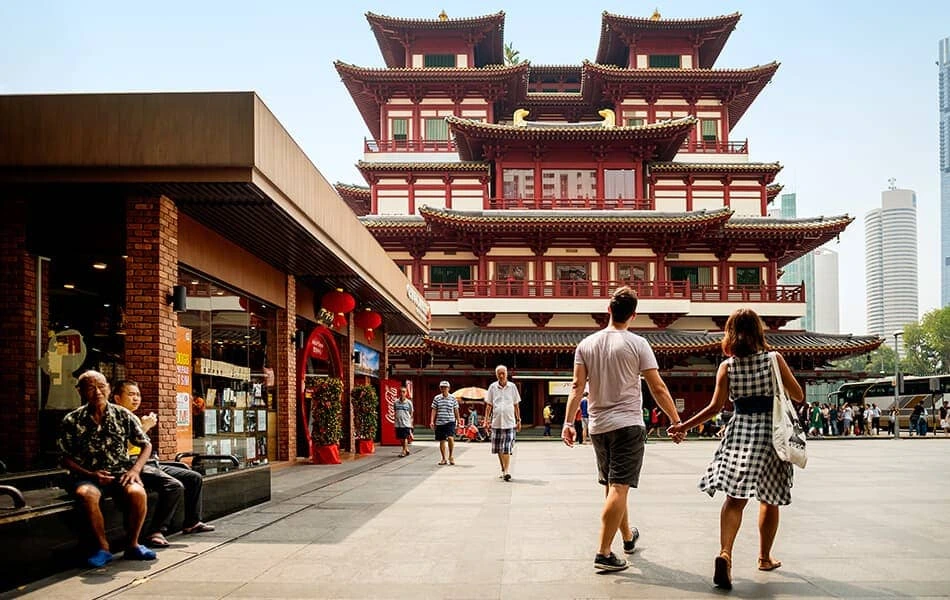
Singapore’s strict regulations and formal atmosphere contribute to its lower friendliness ranking despite being exceptionally clean and safe.
The city-state’s emphasis on rules and order can feel constraining, while high living costs create stress among residents. Cultural diversity, while enriching, can sometimes create barriers to interaction. The efficiency-focused culture may come across as impersonal to visitors seeking warmer connections.
Additionally, strict social norms and hefty fines for minor infractions can make tourists feel anxious about unintentionally offending or breaking rules, limiting spontaneous interactions.
7. Prague, Czech Republic (Friendly City Score: 4.02)
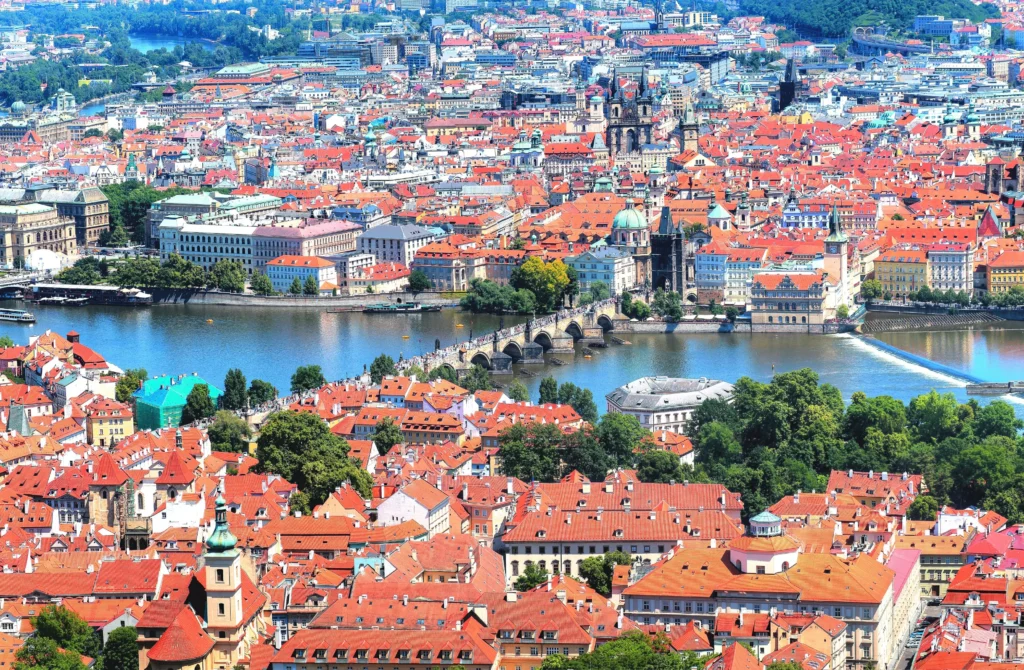
Prague’s fairy-tale architecture masks some challenges for visitors seeking friendly interactions.
Years of mass tourism have created fatigue among locals, particularly in the historic centre where tourists vastly outnumber residents. Service industry workers may seem indifferent due to low wages and difficult working conditions.
Language barriers persist despite the city’s popularity, and some establishments may show preference for local customers over tourists.
Economic pressures and the legacy of historical tensions can contribute to reserved attitudes toward foreigners.
I have seen people being rude to outsiders, especially to people from west asian and south asian countries.
8. Stockholm, Sweden (Friendly City Score: 4.55)
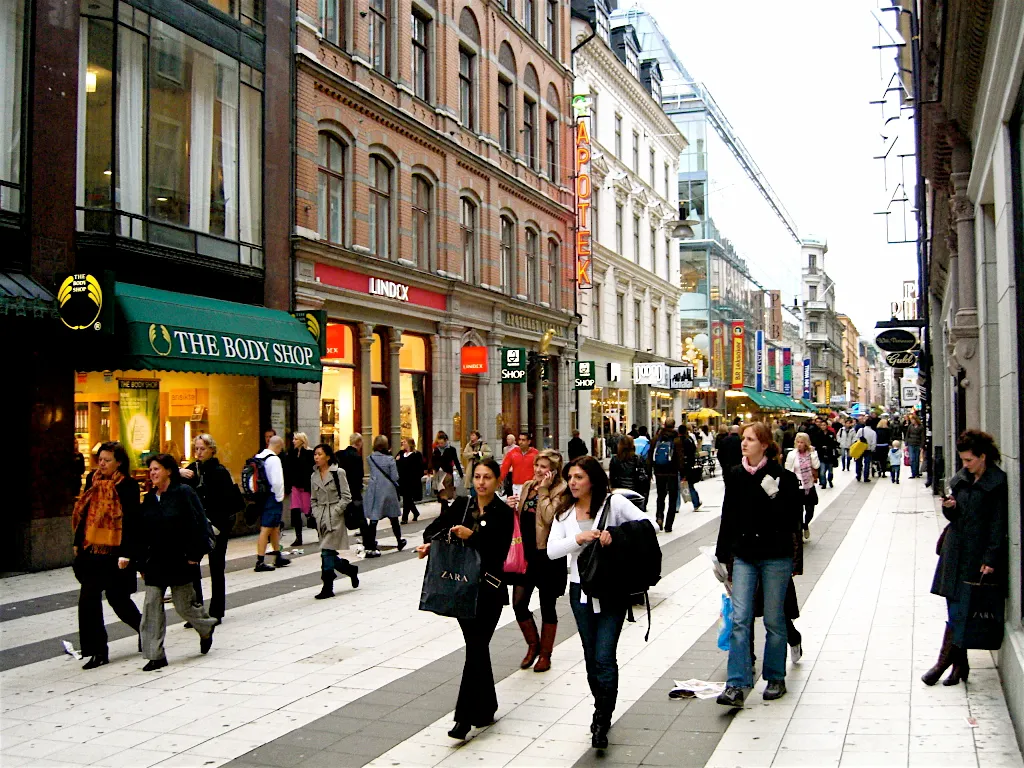
Stockholm’s reserved Scandinavian culture and high cost of living contribute to its ranking. While Swedes are generally polite and helpful, they tend to be more formal and distant compared to other cultures.
The extremely high prices can create barriers to social interaction, as activities and dining become prohibitively expensive for both locals and tourists. Seasonal factors also play a role, as long, dark winters can affect local mood and willingness to engage with visitors.
9. Sydney, Australia (Friendly City Score: 4.62)
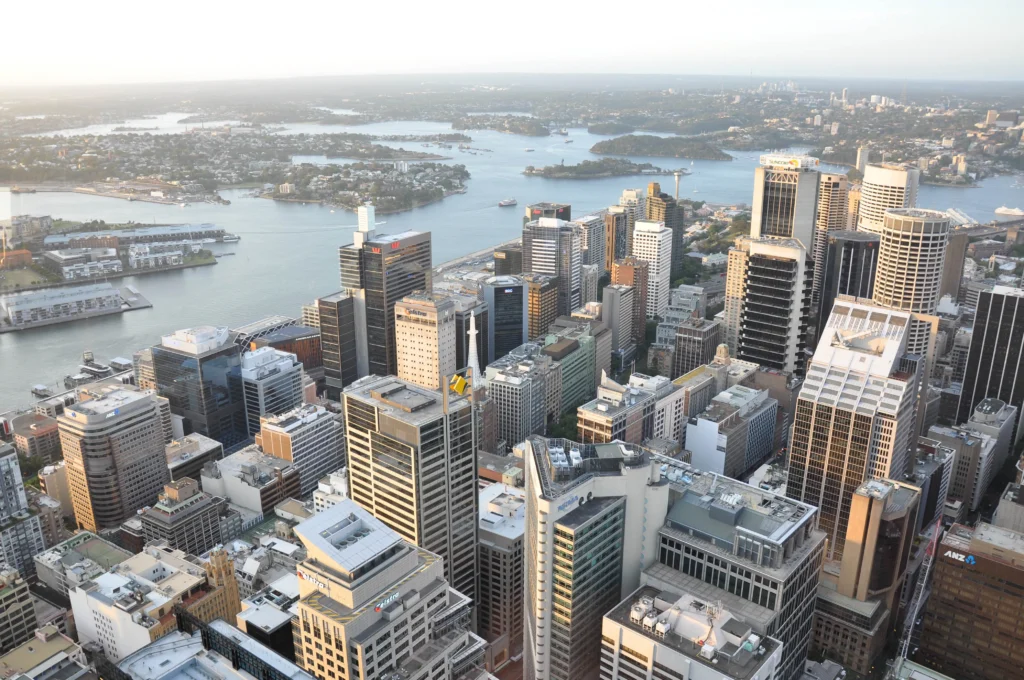
Surprisingly, Sydney ranks lower than expected for a typically friendly Australian city. High living costs and housing pressures have created stress among residents, affecting their interactions with tourists.
The city’s size and spread can make it feel impersonal, while certain areas have developed reputations for being less welcoming to visitors. Economic pressures and social inequality have impacted the traditional Australian laid-back attitude in urban centres.
10. Los Angeles, United States (Friendly City Score: 4.62)
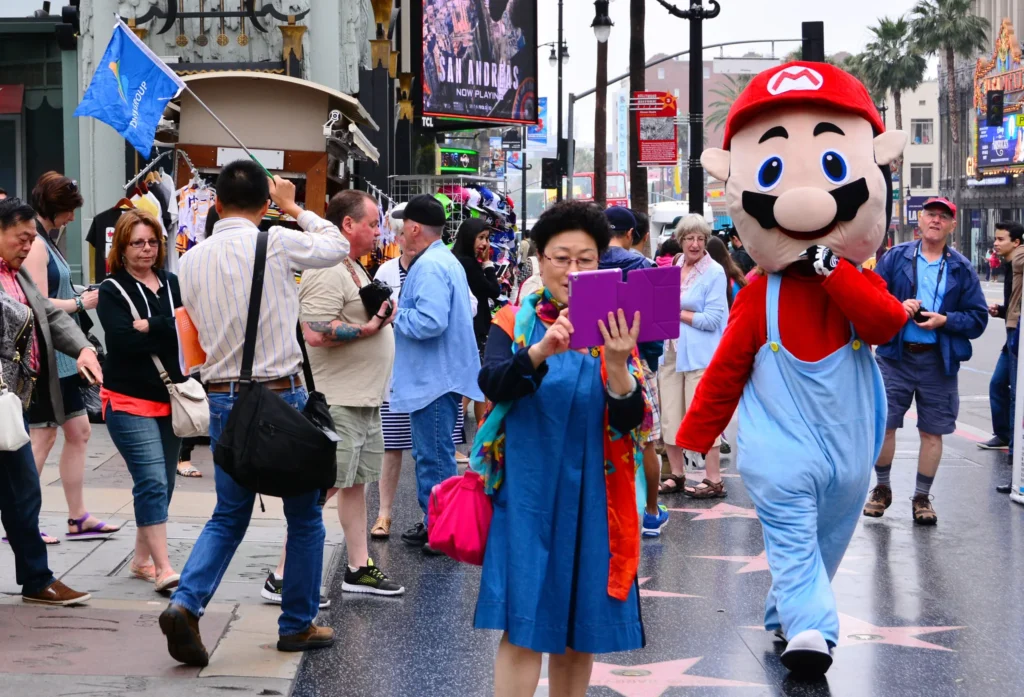
LA’s sprawling nature and car-dependent culture limit opportunities for meaningful interactions between locals and visitors. High living costs, traffic stress, and social inequality create tensions that affect hospitality.
The entertainment industry’s focus can make interactions feel superficial, while safety concerns in certain areas limit exploration opportunities for tourists seeking authentic experiences.
Bottom Line
While these 10 destinations might not shower you with the warm fuzzies or invite you over for Sunday dinner, they still offer incredible experiences for the intrepid traveller willing to navigate a few extra challenges.
Think of it as travel’s equivalent of playing on hard mode – you might not get as many helpful smiles or enthusiastic directions, but you’ll definitely earn some serious street credibility and probably a few good stories about that time you survived asking for directions in a city where eye contact is considered a hostile act.
Pack your patience, brush up on your charades skills, and remember that sometimes the most memorable adventures come from the places that make you work a little harder for them!
Stay tuned with us. Further, follow us on social media for the latest updates.
Join us on Telegram Group for the Latest Aviation Updates. Subsequently, follow us on Google News

